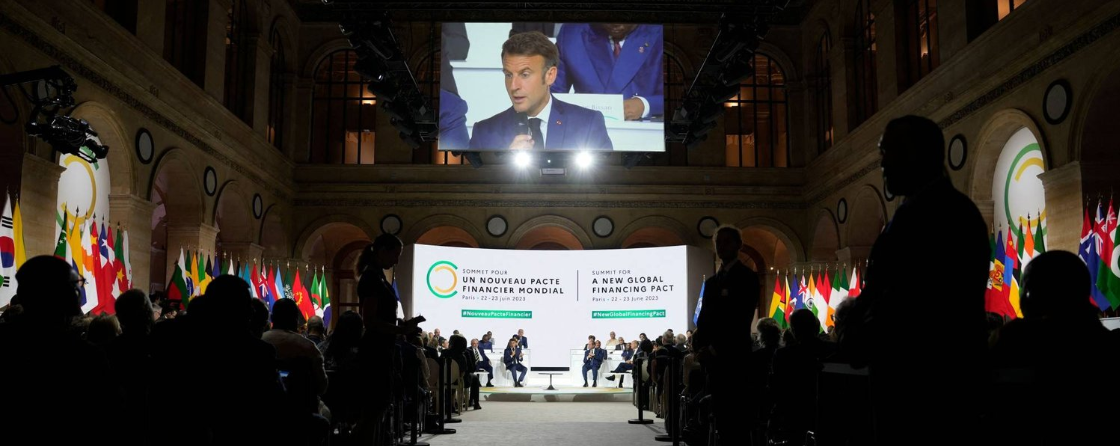Watch the full video of the panel discussion on ‘Is the Urban Future Metropolitan? Big Cities in Urban Systems’, organised as part of CPR Dialogues, featuring Fedor Kudryavtsev, Kazuo Nakano, Ivan Turok, Stéphanie Tawa Lama-Rewal, chaired by Partha Mukhopadhyay.
India’s slow pace of officially recognised urbanisation has been a cause of despair for many.
The nature of India’s urban transformation is not just the classic movement of people from village to city – rather, it is as much about the morphing of place, as farming communities in diverse locations move haltingly away from agriculture to a diverse mix of non-farm activities. Anchored by a historically stable system of urban settlements that have now coalesced into more than five hundred cities of more than 100,000 people, this is a process of urbanisation that goes beyond the concentration of people in, and the fascination with, large urban agglomerations. Urban growth in smaller Indian towns has been ‘vibrant’, an adjective usually reserved for the metropolis.
CPR’s work on urbanisation has been as much about this process of transformation itself as much it has about the metropolis – it has looked at the change in the urban structure, the nuances of growth drivers in the smaller towns, the governance of the regions that surround the large metropolises the institutions of service provision and the lives of citizens in the big cities themselves – their travails, their urbanity and their successes.
What we find is not a story of hierarchy – of vibrant agglomerations dominating a fading system of small towns – but of symbiosis and circulation, of networks and interconnections that underpin an urban transformation which at first sight, appears sui generis to India. But is it?
Around the world, even as many celebrate the benefits of agglomeration, others question the future of the metropolis. Can an urban form born out of Fordist assembly line, high volume manufacturing adapt to a world of mass customisation and Industry 4.0? How large should metropolises be to deliver on the promise that innovation will bloom from serendipitous interaction? Will they be able to provide the pathways out of poverty for the masses making the move out of agriculture into non-farm work? How will they relate to the rest of the system of human settlements, to smaller towns and rural hinterlands, far and near? And, are they better positioned for a climate friendly urban transition or will a more dispersed urban system less resource intensive?
To interrogate this proposition, this panel brings together researchers across Moscow, Johannesburg and Sao Paulo. The BRICS countries are at very different stages of the urbanisation process arrived at through diverse trajectories. Brazil and Russia have completed their urban transition – indeed they were majority urban over 50 years ago while South Africa crossed that milestone 30 years ago.
How do these large metropolises engage with other large cities and the smaller urban settlements? What is their rural hinterland? What does it mean for one in ten Russians to live in Moscow? How does Sao Paulo relate to the 38 other municipalities that comprise the Região Metropolitana de São Paulo? While much of Johannesburg’s migration originates in nearby Mpumalanga, over a third comes from far away provinces like Eastern Cape. What does all this mean for how India will urbanise?
Even as we engage with the oncoming disruptions of Industry 4.0 and Society 5.0, do we need to think in terms of systems, in which we try to comprehend outcomes in the richness of their linkages? The panel explored these, and other approaches, as it examines the claim of India’s sui generis urban transformation.
Partha Mukhopadhyay is a Senior Fellow at CPR.
Fedor Kudryavtsev is associated with the Moscow Institute of Architecture.
Kazuo Nakano is associated with the Universidade Federal de São Paulo.
Ivan Turok is associated with the Human Sciences Research Council, Pretoria.
Stéphanie Tawa Lama-Rewal is a Research Fellow at the Centre d’Études de l’Inde et de l’Asie du Sud (CNRS-EHESS), Paris.
The question and answer session that followed can be accessed here.
An article by Partha Mukhopadhyay and Mukta Naik in the Hindustan Times (print partner for CPR Dialogues) can be accessed here.
Access key takeaways about the Dialogues by Ivan Turok, Kazuo Nakano and Stéphanie Tawa Lama-Rewal.
Watch all other sessions of the Dialogues below:
- The International Climate Change Regime: Looking Back to Look Forward
- Research for Policy Action on Air Pollution, in collaboration with CECFEE
- India’s Technology Transition: The Present and the Possible
- CPR Youth Awards: A Youth-Driven Agenda for Change
- India’s 21st Century Transitions
- Understanding India’s Energy Transition in Global Context
- The Emerging World Order and India’s Role
- Geopolitics and Geo-Economics in a Changing South Asia


